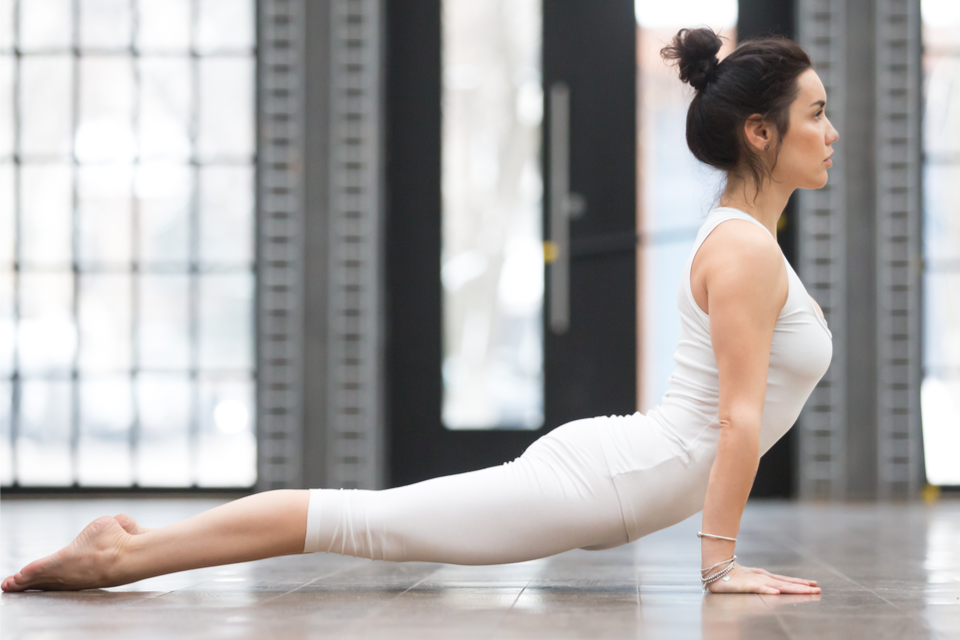It is almost that time of year when the gyms start filling up with eagerness and excitement. With that, around early March, my office begins filling up with all the injuries that come along with starting a new workout regime. This year, to maximize your gym results, you’ll want to avoid certain exercises known to cause injury, practice the right form for each exercise, and use the right amount of weight for your goal. Seems simple, right? Wrong! This takes some learning on your end, but this article will help!
Exercises To Avoid
The last thing you want to do when getting back into the gym is to accidentally injure yourself. Let’s talk about a few exercises you want to avoid.
- Behind the Head Shoulder Press with Barbell – The shoulder joint is not biomechanically built to perform any functional activity in this position. You are at an even higher risk of injury if you lack full range of motion in your shoulders or thoracic spine.
- Sit-Ups – Sit-ups have been the “go-to” exercise for building core muscles when actually, they strengthen more of your hip flexor muscle, the iliopsoas. The iliopsoas muscle attaches to your lumbar spine. Repetitive use of this muscle will cause excess strain on the low back, leading to unwanted pain. Instead, perform exercises such as swiss ball presses or swiss ball dead bug for advanced strengthening.
- Leg Extensions – Leg extensions are known to be a controversial exercise amongst gym-goers. The underlying problem could be a weakness in the Vastus Medialis Oblique (VMO), or the “teardrop” muscle, responsible for the last 30 degrees of knee extension. Insufficiency in the VMO strength plus tightness in the Iliotibial band (ITB) will cause misalignment of the kneecap, causing increased shearing forces during most exercises involving the knee. Before hitting the gym, it is a good idea to incorporate some foam rolling and a basic hip/knee strengthening program.
The Right Form
Contrary to what you may think, mirrors are not in the gym for selfies!! Proper form is critical if you are trying to get the most out of your workout, and the mirrors provide useful feedback. It all comes down to biomechanics, and changes to any variable can alter everything. To make it easier to understand, let us break it down into four areas to review:
- Speed of Movement: The movement should be controlled throughout the entire motion, including both the shortening and the lengthening of the muscle.
- Strength Symmetry: Make sure that your strength is symmetrical on both sides of your body. Check by performing the exercise unilaterally. You should be able to use equal weight on both sides.
- Range of Motion: The muscle being exercised should be going through 90-95% of its available range of motion. You should feel the tension on the muscle the entire time for maximum strengthening.
- Proper Muscle Contraction: Study some anatomy! Learn what muscles should be working during the exercise you are performing. If you are feeling strain elsewhere, you may be compensating. Decrease the weight until you can feel the contraction in the muscles you are trying to exercise.
The Right Weight
The final step to maximizing results is making sure that you are using the correct weight during exercise. To determine, you need first to decide what you are trying to accomplish (see examples below). Increase the weight only when you’re able to perform all reps with ease, with perfect form.
Goal: Develop Maximal Strength
Heavy Weight – Do 2 to 6 sets of 6 or fewer reps
Goal: Increase Muscle Size
Moderate to Heavy Weight – Do 3 - 6 sets of 8 – 12 reps
Goal: Muscular Endurance
Low to Moderate Weight – Do 2 – 3 sets of 12+ reps
– By Dr. Terri Widdick, a licensed Physical Therapist, Certified Nutrition Coach, and IFBB Bikini Pro, and the Founder of Next Level Health & Fitness








